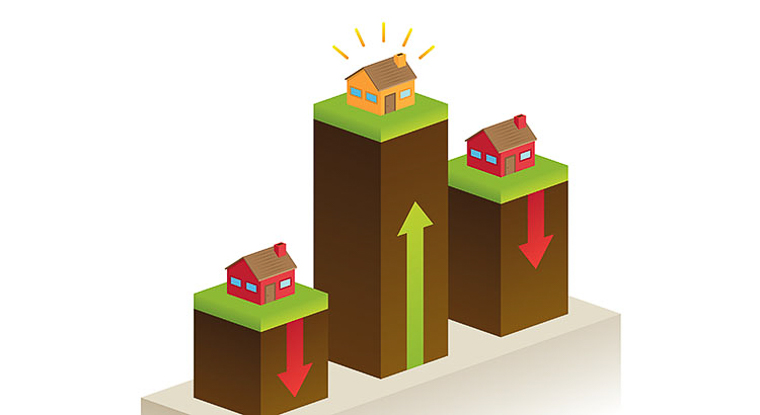SunCrest Appraisals
“The appraisal came in low.” Those are five words you never want to hear in a real estate transaction. Basically, it means that a transaction was based on a home being worth a certain amount of money, but certified appraisers have evaluated the home and in their estimation, determine it’s just not worth that much. It affects sellers, buyers, and may unravel a mortgage company’s ability to lend money.

In SunCrest, as well as the market as a whole, we’re seeing more “low appraisals” in 2016 than we’ve seen in nearly a decade. Why? The law of supply and demand. When demand is high and supply is low, it creates a challenge for appraisers, homeowners, and realtors. Certified appraisers look backward to see what comparable homes have sold for in the past, and when prices are increasing as they have been this year, it can become difficult for appraisers to find adequate, recent comparable sales to defend the current sale price of a home. Although upticks and trends in the market can be considered, appraisals are really rooted in homes sold in the recent past.
If your appraisal comes in low, are you prepared to dispute the value? How about a second opinion? Can you support your value? Were the comparable sales the appraiser used accurate? What about things like view, upgrades, condition, and location?
Our take:
We often tell our clients their house has to be sold twice: first to a prospective buyer who makes an offer, and second to the appraiser who must agree that it’s worth what a buyer is offering. With rising prices, the second sale can be more difficult than the first. Systems, data, and algorithms account for quantifiable data. Having a professional on your team who is able to defend, educate, and most importantly communicate the contract value may save you thousands in the event of a low appraisal.
 Facebook
Facebook
 X
X
 Pinterest
Pinterest
 Copy Link
Copy Link


